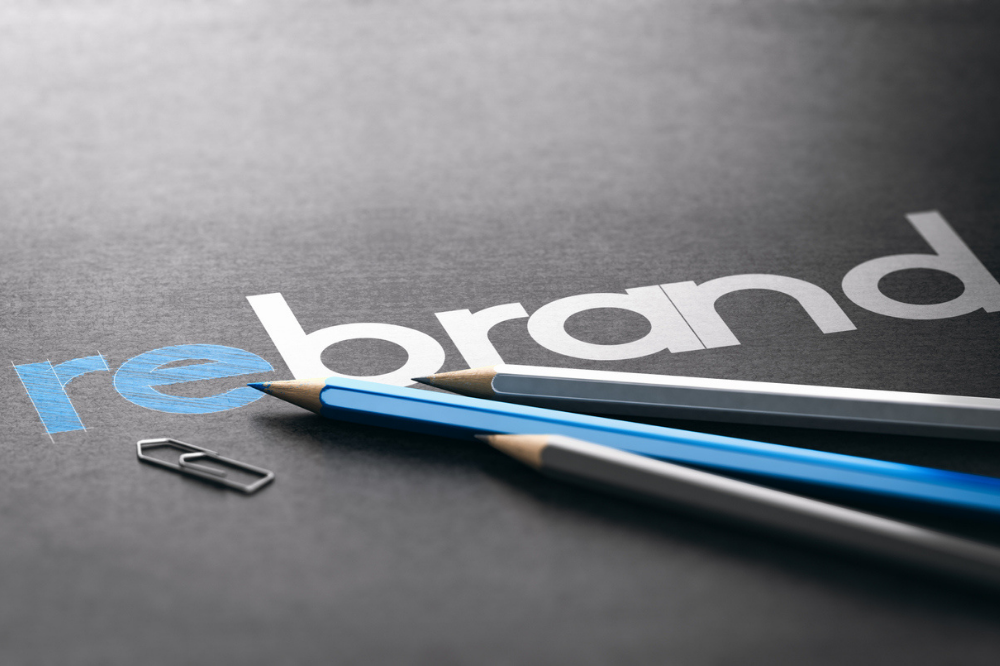Collateral management is the process of managing and protecting assets financed by banks as security. These assets can be agricultural products or other materials that will be held as security for traders or manufacturers. In this article, we will discuss what collateral management is, the benefits of using it, how to get started, and best practices. Our focus will be on trade finance for commodities. We will also take a look at the future of collateral management and what lies ahead for this indispensable financial process.
What is Collateral Management?
Collateral management involves an arrangement where the borrower and a lender agree to use a commodity financed as security. This will be through involving an independent company to manage the commodity (the collateral manager). The lender will have the right to seize and sell the commodity if the borrower defaults on their loan. A borrower will pay for goods before the bank issues release instructions to the collateral manager to allow access to the same. In order to manage collateral, both parties must keep track of the value of the commodity and any changes in its value over time. There are many benefits to using collateral management, which we will discuss below.
Benefits of Collateral Management to Borrower
There are a number of benefits that collateral management can provide to borrowers. They include
1. Protection from Default:
One of the biggest benefits of collateral management is that it can protect borrowers in case of default because only the commodity under management will be seized. If a borrower defaults on their loan, the lender has the right to seize and sell the commodity that was used as collateral. This ease of liquidating the security makes this method attractive.
2. Lower Interest Rates:
Another benefit of collateral management is that it can help borrowers get lower interest rates on their loans. When lenders know that they have collateral to fall back on in case of a default, they are often willing to offer lower interest rates to borrowers.
3. Flexibility:
It also provides borrowers with more flexibility when it comes to their loan terms. Lenders are typically willing to work with borrowers on their unique requirements. For example, the lender can allow the borrower to access part of the collateral without making an upfront payment.
4. Quantum of Loan:
Lenders are able to consider funding large amounts of money as short-term loans to help purchase commodities. Under usual lending, the borrower’s loan will be a function of their balance sheet size. Collateral management provides comfort to the lender that they will only release the commodity once repayments are received. No wonder highly traded commodities such Oil, gas, wheat, coffee, and maize are financed through a collateral management structure.
Benefits of Collateral management to banks
Banks are faced with challenges of identifying nice deals to structure and manage. As a result, many companies fail to get the necessary funding for growth. Collateral management is one tool that is increasingly becoming crucial in trade finance. It has the following benefits for banks
1. Reduces Credit risk
Funding a commodity and retaining legal and physical control over it reduces risks significantly for banks. The possibility of the borrower accessing the collateral is checked because the bank must approve commodity withdrawal.
2. Reduced pricing
Banks price credit facilities by considering the risk that the transaction will result in a loss situation. The aim is to ensure that the possibility of default is minimized completely. It follows that Collateral managers offer this comfort, resulting in the lower price of lending. No wonder, oil trading is dominated by deals structured under collateral management.
3. Scales funding capacity
This is music to commodities trading companies. Theirs is a game of numbers, especially with thin margins. Under collateral management, the banks are able to scale the volumes funded when they gain confidence in the client, the commodity, and the structure.
4. Ease of exiting a deal
Most deals structured under collateral management arrangement (CMA) are short-term in nature. Ideally, most deals have a term limit of less than one year. The ease of moving in and out of a deal is an invaluable consideration for banks and even clients. Market events may force a company to want to exit a deal rapidly. For example the threat of a competitor flooding the market with cheap commodities.
5. Legally supported in most countries
World over, laws are in place to support legal charges over commodities as security. Some laws are specific to moveable properties. Banks will only finance under CMA if the underlying commodity can be securitized and physical entrusted to an independent manager (collateral manager)
How does collateral management work?
Not every deal can be funded through this structure. The collateral or commodity needs to be non-perishable and quickly sellable. The value of the loan needs to be large enough to absorb the operating costs of the structure.
Let us now discuss how it works;
The Lender and Borrower sign an agreement where the borrower pledges a commodity as collateral for a loan. This agreement is known as a Collateral Management Arrangement(CMA). CMA also refers to Collateral Management Agreement. I use them interchangeably
Collateral Management Agreement(CMA).
CMA is a tripartite agreement between the borrower, the lender, and the collateral manager. The borrower has the responsibility to identify the commodity to be financed and ensure they have sufficient market to sell it off. Alternatively, they must prove capacity to use the same in manufacturing and selling the final products.
Banks have the responsibility to provide funds as per the loan agreement. The collateral manager has the responsibility to secure the commodity/security. This role is the cornerstone of any CMA structure and is independent.
Collateral management process
Borrower identifies the commodity for funding in line with the funding agreement.
The Lender (usually a bank) will issue a loan (usually short-term under 1 year) and pay directly to the supplier.
The Borrower will arrange for logistics to move the commodity to the approved warehouse. The logistics method must remove the borrower from any control until the goods reach the warehouse.
When the loan is repaid, the commodity is released from storage and returned to the borrower. Borrowers have the option of making partial payments and then withdrawing an equivalent amount of commodities.
If the borrower defaults on their loan, the lender has the right to seize and sell the commodity that was used as collateral. One of the main considerations banks take into account before choosing a CMA structure is the salability of the security.
Collateral management best practices
There are variations between the handling of different products, but there are general best practices of collateral management.
1. The Product
Firstly, it is important to have a clear understanding of the product. Some products are unsuitable due to their perishability. Specialized equipment or customized manufactured products will also fail the test of quick resealability. However, products such as wheat, tea, coffee, and cereals are ideal.
2. Supply and demand dynamics
– Secondly, you need to understand the supply and demand dynamics of the market. The supply of certain products is determined by seasons and sometimes weather as in the case of agri-products. You will need to choose the moment when the price and quantity are right. Demand may also be seasonal, for example, a garment manufacturer targeting winter clothing should calculate backward to know when to buy raw materials.
3. Pricing Model
Thirdly, you need to develop a pricing model that captures the cost of storage, insurance, and financing. While negotiating Collateral management charges, you need to realize that they build up to financing costs. There is also the carrying cost of warehousing when you hold products for long periods of time. You also need to shop around Collateral Managers that offer a wide range of services. They may offer fantastic rates for warehousing if you go for other services.
4. Legal and regulatory framework
– Fourthly, you need to have a clear understanding of the legal and regulatory framework. This relates to the enforceability of the security charges on the underlying product. You also need to under country-specific legislation and regulations. For example products in European Union must meet standards only on chemical composition but also on the productions process of the product.
5. Risk Management Processes and Controls
– Fifthly, you need to put in place risk management processes and controls. There are risks all over. They include theft, fire, exposure to harmful chemicals, deterioration of security coverage, flooding, legal risks, and more. You need to have a framework that mitigates all these risks. Some mitigations will require externalization of the risks to companies well developed the area.
6. Accounting and Taxation
– Sixthly, you need to have a good understanding of the accounting and tax treatment of the transactions. Be sure to seek experts to avoid penalties and losses.
7. Exit Strategy
– Lastly, you need to develop an exit strategy in case things go wrong. When things go wrong you need to be out of the deal in the shortest time possible. Likewise, your swift entry into the deal once opportunities present themselves is an invaluable position.
Collateral management is a complex process, but if done correctly, it can be a very effective way to finance commodities. It is important to seek professional advice before entering into any CMA structure.
What is a collateral management system?
A collateral management system is a computerized system that helps lenders and borrowers manage the risks associated with lending and borrowing money. The system helps lenders keep track of their collateral, and it helps borrowers repay their loans on time.
What is involved in a collateral management system? Choose one that fits your operations and budget.
There are many different aspects to consider when setting up a collateral management system. Here are some of the most important things to think about:
– What type of collateral will be used?
– How will the collateral be valued?
– How often will the value of the collateral be checked?
– What happens if the value of the collateral goes down?
– What happens if the borrower can’t repay the loan?
What are some common services offered by collateral management companies?
Collateral management companies typically offer a wide range of services, including:
– Storage and warehousing
– Transportation
– Insurance
– Quality checks
– Risk management through collateral management
Please note to check with them on their full range of services.
What is the future of collateral management?
The future of collateral management is likely to be very exciting. The following will determine the future of collateral management in banking, especially in structured commodity trade finance.
- Blockchain technology
- Crypto and digital assets
- 3D printing
- Transformation of the logistics sector
- Legal reforms on the securitization of moveable assets.
- Regional integration such as AFTCA
- Increase trade finance funded by none banks.
Once smart contracts are widely accepted, the cost and practice of collateral management will be transformed drastically. Smart contracts will reduce the possibility of legal disputes, and manual trade finance will be a thing of the past.
Thanks for reading! I hope this has given you a good introduction to collateral management. If you would like to learn more, please check out our other blog posts on the subject.
Please note that this is not financial advice, and you should always speak to a qualified financial advisor before making any decisions. Thank you!


